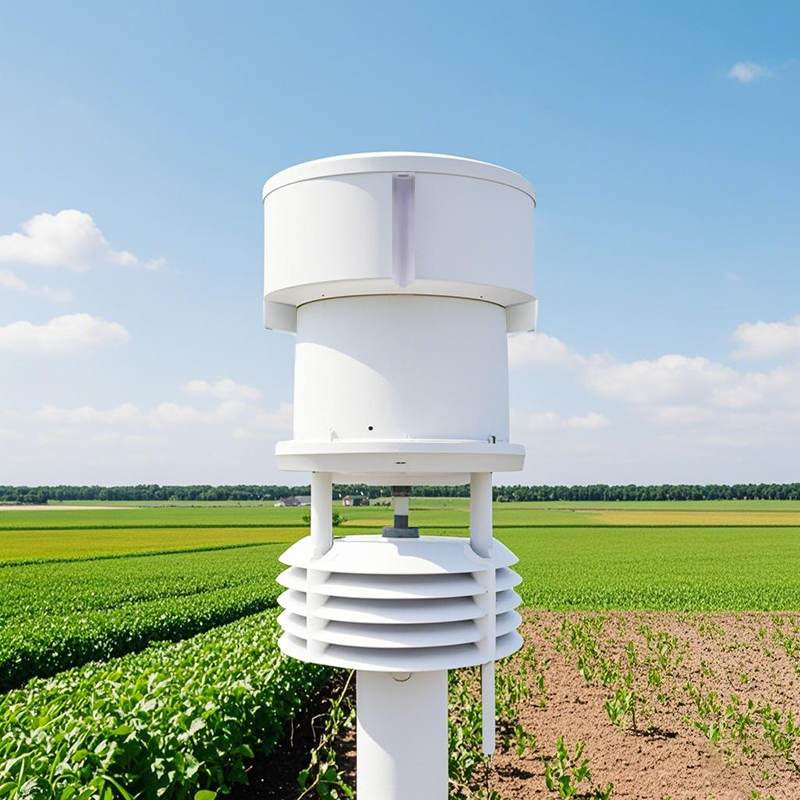Real-time meteorological data + intelligent decision-making, giving Indian agriculture digital wings
Against the backdrop of intensified climate change and frequent extreme weather, Indian agriculture is ushering in a data-driven transformation. In recent years, smart agricultural weather stations have been rapidly popularized in various states in India, helping millions of farmers accurately monitor field microclimates, optimize irrigation, fertilization and pest and disease management, significantly increase crop yields and reduce resource waste.
Challenge: Climate dilemma facing Indian agriculture
India is the world’s second largest agricultural producer, but agriculture is still highly dependent on monsoon rainfall, and droughts, heavy rains, extreme high temperatures and humidity fluctuations frequently threaten food security. Traditional farming methods rely on experience and judgment, and are often difficult to cope with sudden weather changes, resulting in:
Water resource waste (over-irrigation or under-irrigation)
Increased risk of pest and disease outbreaks (high temperature and high humidity accelerate the spread of diseases)
Large yield fluctuations (extreme weather leads to reduced production)
Solution: Smart agricultural weather station – “weather forecaster” in the farmland
Smart agricultural weather stations help farmers make scientific decisions by real-time monitoring of key parameters such as temperature, humidity, rainfall, wind speed, solar radiation, soil temperature and humidity.
Core features and benefits:
✅ Hyperlocal weather data
Each farm has a unique microclimate, and the weather station provides real-time data accurate to the plot, rather than relying on regional weather forecasts.
✅ Intelligent early warning system
Notify farmers in advance before heavy rain, drought or extreme heat to reduce losses.
✅ Optimize irrigation and fertilization
Based on soil moisture data, irrigate only when the crop needs it, saving up to 30% of water.
✅ Pest and disease prediction
Combined with temperature and humidity data, guide precise application of pesticides.
✅ Data-driven decision-making
View real-time data through servers and software, even farmers in remote areas can use it easily.
Success stories in Indian states
Punjab – Optimizing wheat and water management
In traditional wheat-growing areas, farmers use weather station data to adjust irrigation plans, saving 25% of water while increasing yields by 15%.
Maharashtra – Coping with drought and precision irrigation
In areas with unstable rainfall, farmers rely on soil moisture sensors to optimize drip irrigation and reduce groundwater dependence.
Andhra Pradesh – Smart Pest and Disease Warning
Mango growers use temperature and humidity data to predict anthrax risks, reducing pesticide use by 20% while ensuring export quality.
Farmers’ Voice: Technology Changes Life
“In the past, we could only rely on the weather to make a living. Now we have a weather station. My phone tells me when to water and when to prevent pests every day. The yield has increased and the cost has decreased.” – Rajesh Patel, cotton grower in Gujarat
Future Outlook: Smarter and More Inclusive Agricultural Monitoring
With the expansion of 5G coverage, satellite data fusion and the popularization of low-cost IoT devices, the application of agricultural weather stations in India will become more extensive, helping more small farmers to resist climate risks and achieve sustainable high yields.
Post time: Jun-09-2025


